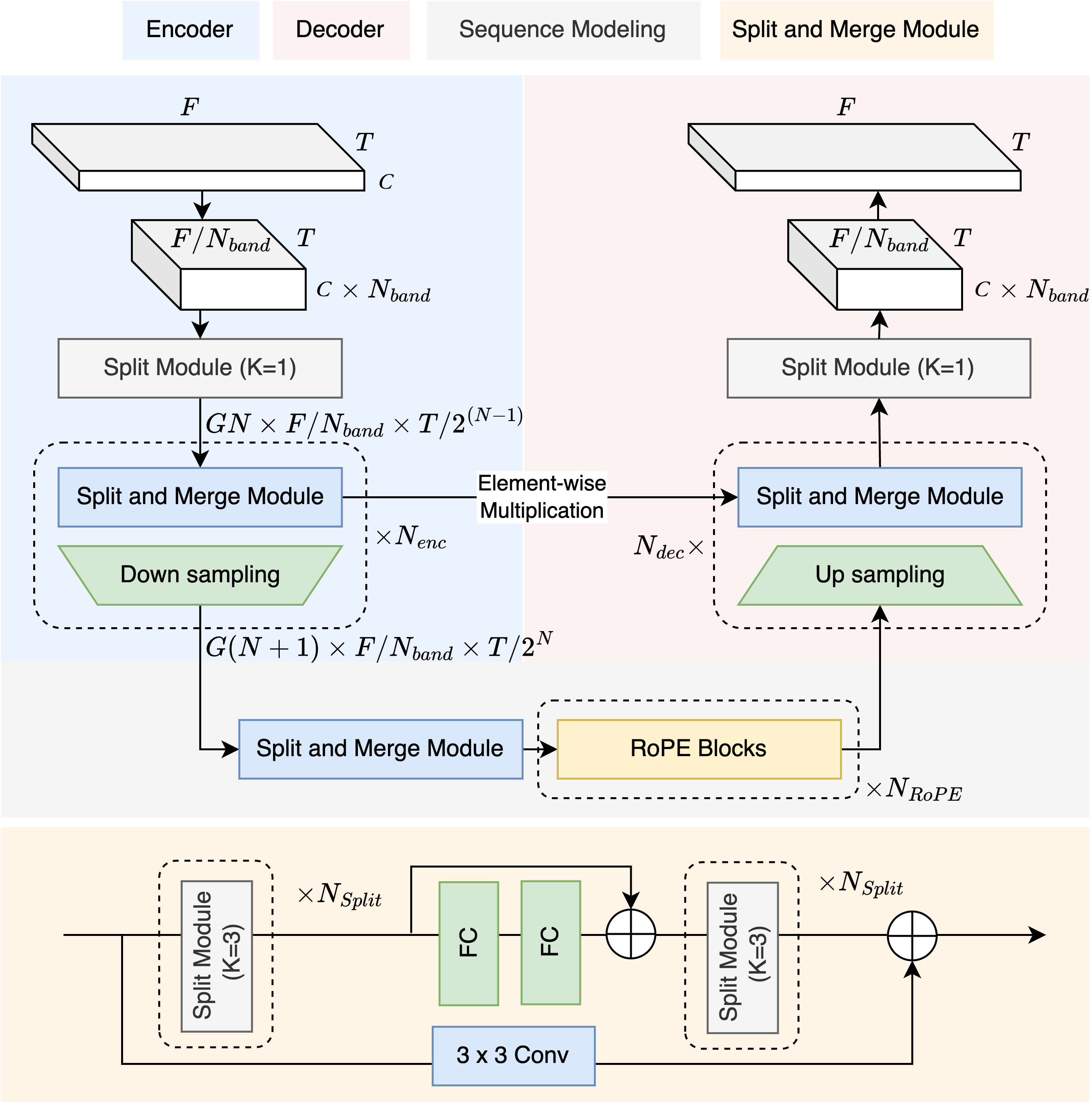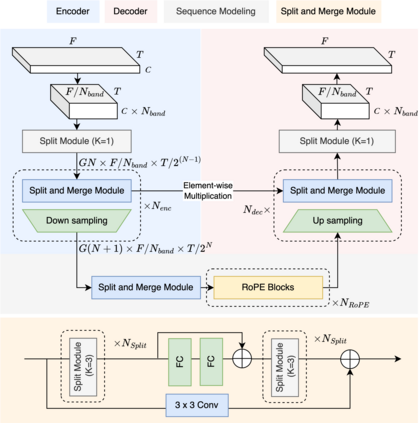In recent years, significant advances have been made in music source separation, with model architectures such as dual-path modeling, band-split modules, or transformer layers achieving comparably good results. However, these models often contain a significant number of parameters, posing challenges to devices with limited computational resources in terms of training and practical application. While some lightweight models have been introduced, they generally perform worse compared to their larger counterparts. In this paper, we take inspiration from these recent advances to improve a lightweight model. We demonstrate that with careful design, a lightweight model can achieve comparable SDRs to models with up to 13 times more parameters. Our proposed model, Moises-Light, achieves competitive results in separating four musical stems on the MUSDB-HQ benchmark dataset. The proposed model also demonstrates competitive scalability when using MoisesDB as additional training data.
翻译:暂无翻译





